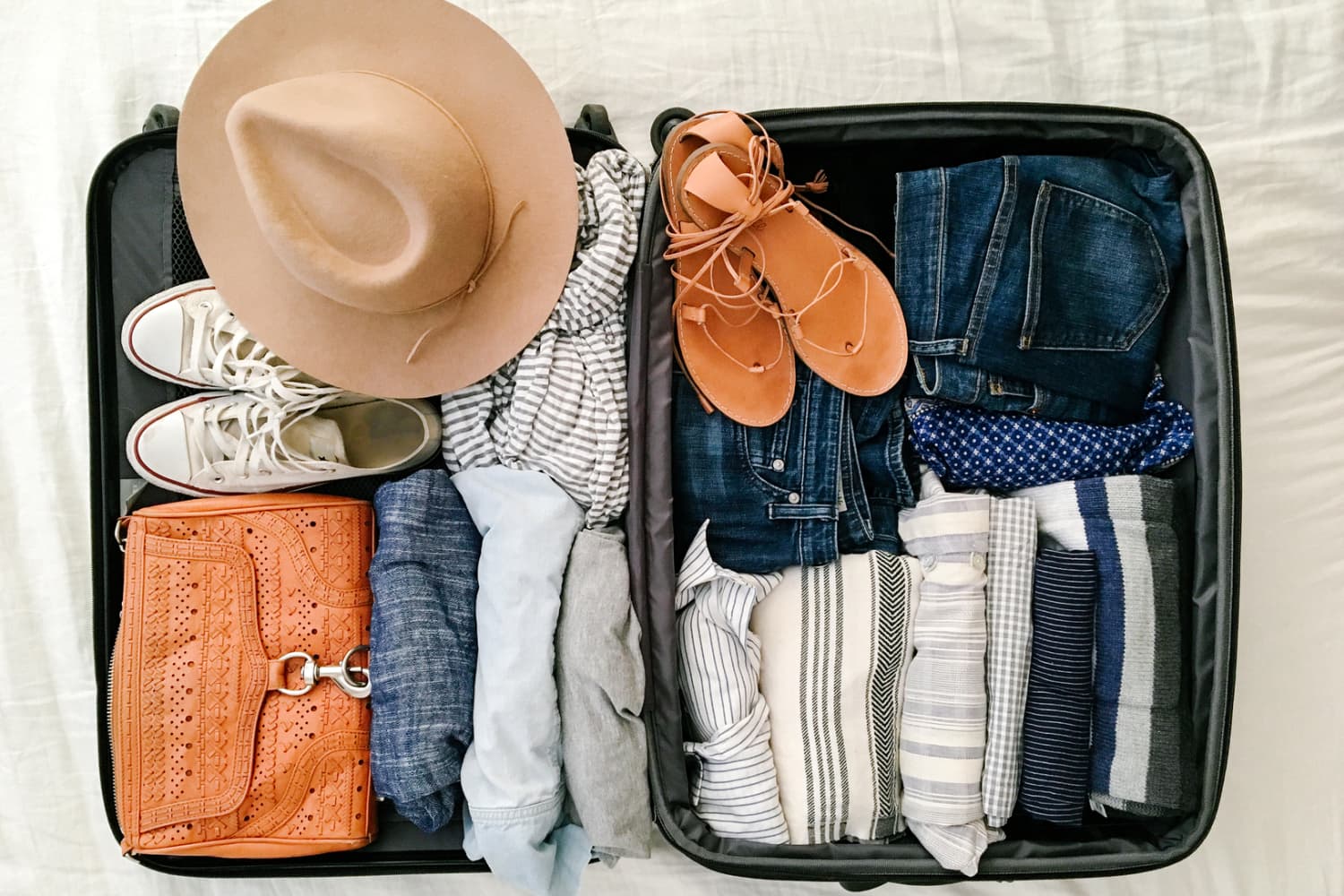3 Ways I Curb My Emotional Spending (And How Much I Saved Last Month)
Most people have growing pains and growth areas when it comes to finances, and I’m no different. Despite being diligent with retirement savings and investments, I know that emotional spending is something I need to work on. As the name suggests, I am prone to swiping my card for an external reward instead of working … Read more









